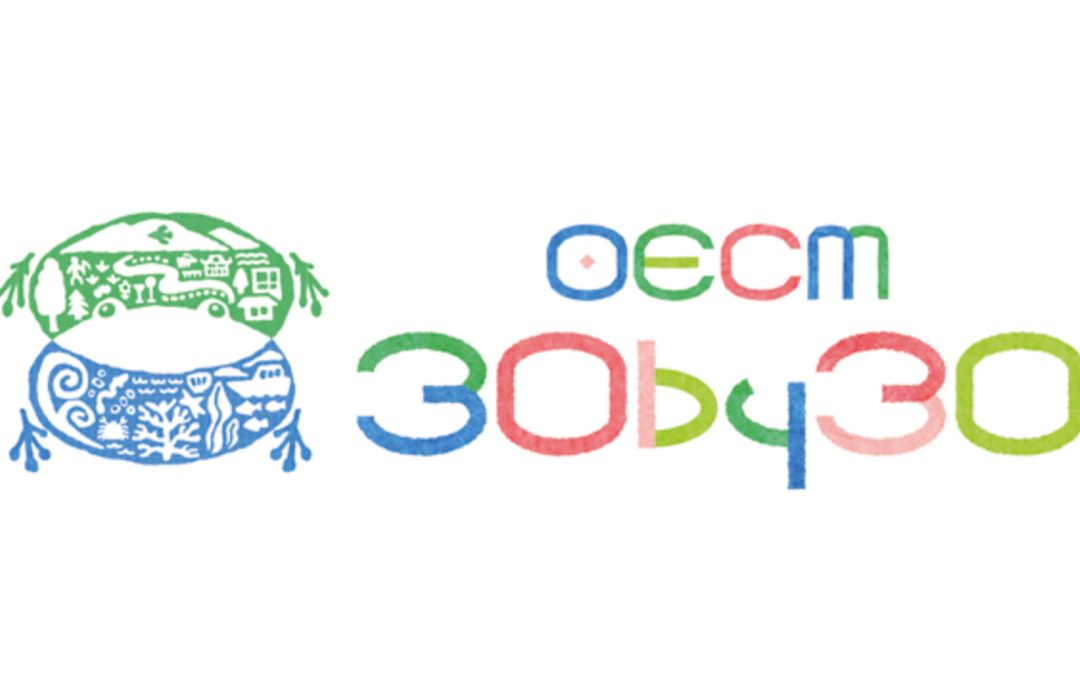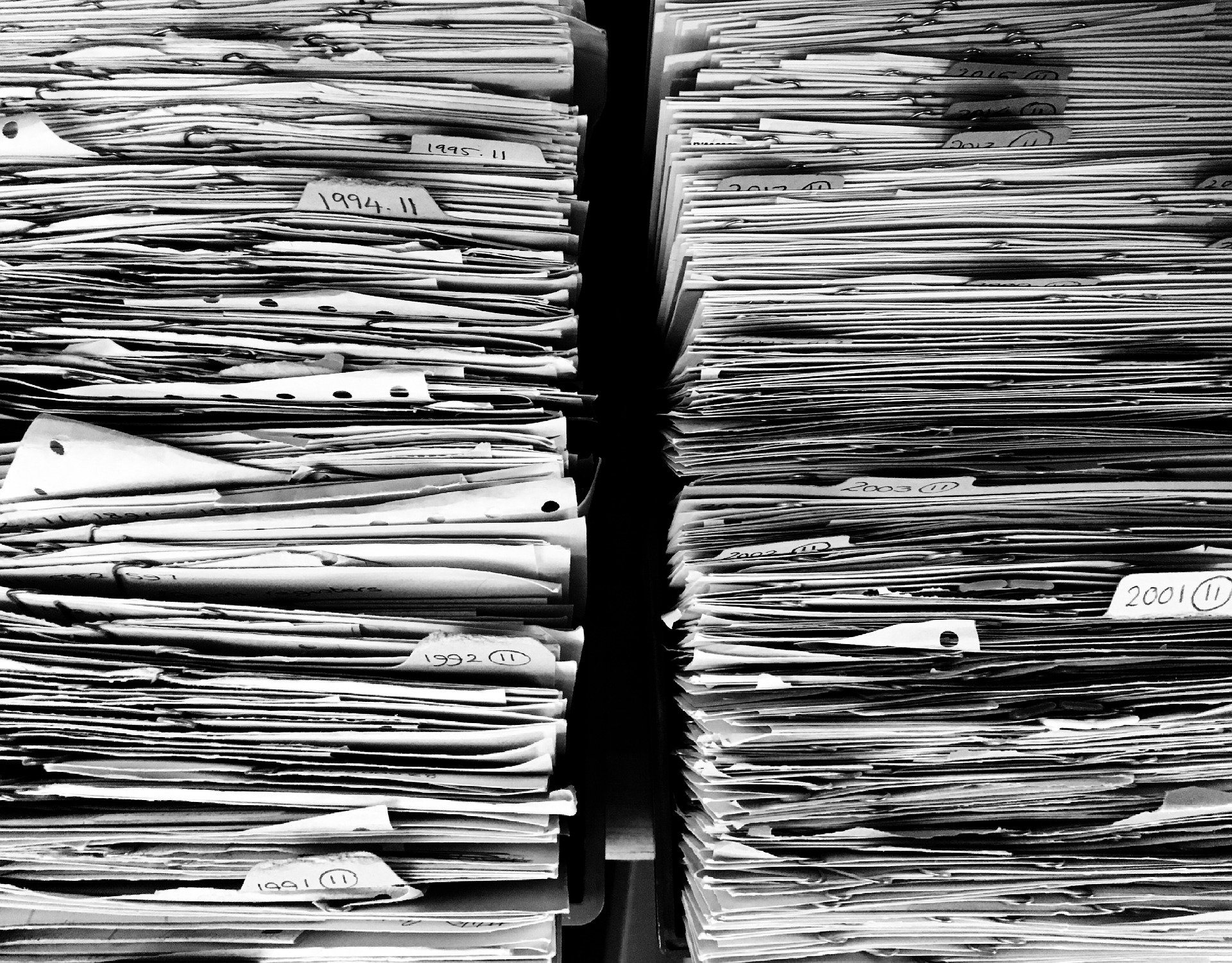
A new global circularity report reveals the extent to which the predominantly linear economy is having a detrimental impact on our planet.
With over 90 percent of the raw materials used globally not cycled back into the economy, our planet is left with a massive strain on its natural resources and climate that needs to be urgently relieved, according to a ground-breaking report launched by Circle Economy at Davos today.
This alarming statistic is the main output of the first Circularity Gap Report, in which Circle Economy explores a metric for the circular state of the planet, which allows us to start measuring yearly progress to bridge the gap between what we use and what we cycle.
Launching the report at the World Business Council for Sustainable Development (WBCSD) CEO Breakfast today, Circle Economy’s CEO and co-author Harald Friedl says:
“Being able to track and target performance via the Global Circularity Metric will help us engage in uniform goal-setting and guide future action in the most impactful way.”
The report presents a detailed metabolism visual showing how main resource groups satisfy key societal needs, such as housing, mobility and nutrition. It also presents the leaks in the system with an overview of what happens to resources after use in the economy.
Circle Economy has identified four steps to bridge the circularity gap through leadership and action.
- Build a global coalition for action
- Develop a global target and action agenda
- Translate global targets to local action roadmaps
- Improve our understanding of circular systems
Endorsed by leading representatives from governments, cities, think tanks and businesses (see below), the report highlights UN Environment statistics showing that a fully circular economy would both reduce global natural resource use by 28 percent and cut greenhouse gas emissions by 72 percent – thus significantly supporting the UN Sustainable Development Goals (SDGs) and the Paris Climate Agreement.
Mr Friedl adds:
“Today’s Take-Make-Waste economic model is not fit for purpose. Embedded in this tradition of the linear economy lies a toxic cocktail of negative consequences, ranging from social inequality, to depletion of natural resources, environmental pollution and worsening of the risks and effects of climate change. We call upon businesses and governments to take leadership to develop an action agenda and contribute to the global targets set in the SDGs and the Paris Agreement.”
Dr. Marc de Wit, Circle Economy’s Director of Strategic Alliances and lead author of the Circularity Gap Report, says:
“The real value of a global circularity metric, lies in being able to track changes over time and measure progress, put main trends into context, engage in uniform goal-setting and guide future action in the most impactful way. In order to understand how to move to a circular state globally we need to understand what is not circular about our economy today.”
Closing the circularity gap will reduce income inequality and improve access to basic needs and opportunities. In other words, pursuit of the circular economy is a way to create an economy that works for everybody. The circular economy is a positive, dynamic and interconnected solutions-based framework: it builds on key human qualities, such as creativity, collaboration and entrepreneurship; and is a roadmap towards achieving the SDGs and a powerful tool in the fight against human-made climate change”
The full report, Executive Summary and Report Highlights can be downloaded here.




















